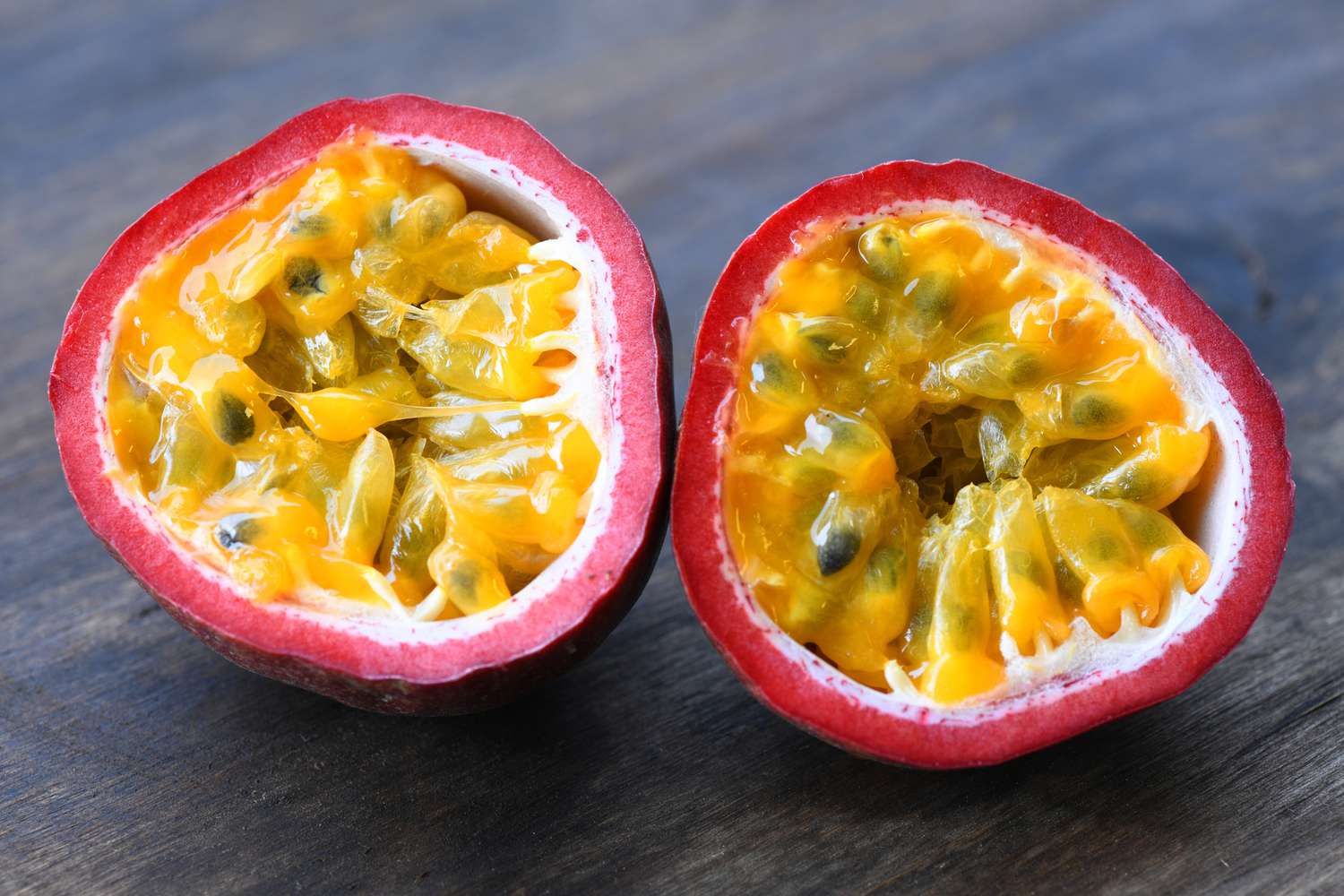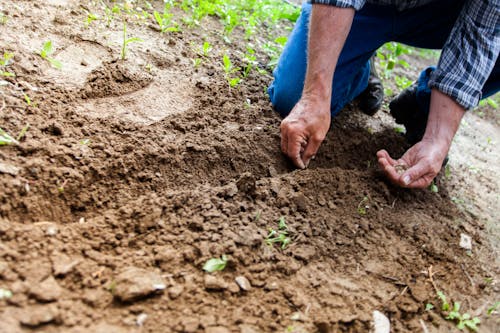Passion Fruit Plant: A Comprehensive Guide to Cultivation and Care
Introduction to Passion Fruit Plants
:max_bytes(150000):strip_icc()/__opt__aboutcom__coeus__resources__content_migration__mnn__images__2018__09__passion_fruit-49bc07d878324c61bc5bc7dc0ca86281.jpg)
Passion fruit plants, known for their exotic fruits and vibrant vines, have enchanted gardeners and fruit enthusiasts for centuries. In this guide, we’ll delve into the fascinating world of passion fruit cultivation, exploring everything from planting to harvesting and beyond.
Understanding the Passion Fruit Plant
Passion fruit plants, scientifically classified as Passiflora edulis, are vigorous climbers native to South America. They feature lush green foliage and intricate flowers that give way to delicious fruits.
Varieties of Passion Fruit
There are two main varieties of passion fruit: purple passion fruit (Passiflora edulis) and yellow passion fruit (Passiflora edulis f. flavicarpa). Each variety offers a unique flavor profile and visual appeal.
Climate and Soil Requirements
Passion fruit plants thrive in warm, subtropical climates with well-drained soil and plenty of sunlight. They are sensitive to frost and require protection during colder months.
Propagation Methods
Passion fruit plants can be propagated from seeds or cuttings. While seeds offer genetic diversity, cuttings ensure consistency in fruit quality and characteristics.
Planting Your Passion Fruit Vine
Selecting the Right Location
:max_bytes(150000):strip_icc()/what-is-passionfruit-2x1-b9639f41d9f74d2d963d111d995d3e5a.jpg)
Choose a sunny location with good air circulation for planting your passion fruit vine. Avoid areas prone to frost or waterlogging.
Preparing the Soil
Prepare the soil by incorporating organic matter and ensuring proper drainage. Passion fruit plants prefer slightly acidic soil with a pH of 6.5 to 7.5.
Planting Technique
Plant passion fruit seeds or cuttings at a depth of 1 inch in well-drained soil. Provide adequate spacing between plants to allow for vine expansion.
Providing Support
Install a sturdy trellis or arbor to support the vigorous growth of passion fruit vines. Ensure the structure is secure and able to withstand the weight of mature vines.
Nurturing Your Passion Fruit Vine
Watering and Fertilizing
Water passion fruit plants regularly, keeping the soil consistently moist but not waterlogged. Apply a balanced fertilizer every 6 to 8 weeks during the growing season.
Pruning and Training
Prune passion fruit vines to remove dead or diseased growth and promote airflow. Train vines along the trellis or arbor to prevent tangling and ensure uniform growth.
Pest and Disease Management
Monitor passion fruit plants for signs of pests such as aphids, scale insects, and fruit flies. Use organic or chemical controls as needed to prevent infestations.
Flowering and Fruit Development
Flowering Process
Passion fruit plants produce intricate flowers that are pollinated by bees and other insects. Each flower gives rise to a fruit, which develops over several months.
Pollination
Encourage natural pollination by attracting pollinators to your garden with flowering plants. Hand pollination can also be performed by transferring pollen between flowers.
Fruit Development
Monitor passion fruit development closely, noting changes in color and size. Harvest fruits when they are fully ripe for optimal flavor and sweetness.
Harvesting and Enjoying Passion Fruits
Harvesting Techniques
Harvest passion fruits by gently twisting them from the vine when they are fully ripe. Handle fruits carefully to avoid bruising or damaging the delicate skin.
Storing and Using Passion Fruits
Store passion fruits in a cool, dry place away from direct sunlight. They can be refrigerated for up to two weeks or frozen for long-term storage. Enjoy passion fruits fresh or use them in a variety of culinary applications, such as smoothies, desserts, and cocktails.
Conclusion
Passion fruit plants are a delightful addition to any garden, offering not only ornamental beauty but also delicious fruits bursting with flavor. By following the guidelines outlined in this comprehensive guide, you can successfully cultivate and care for your own passion fruit vine, reaping the rewards of a bountiful harvest year after year.
FAQs
1. How long does it take for a passion fruit plant to bear fruit?
Passion fruit plants typically begin bearing fruit within 6 to 12 months after planting, although this may vary depending on growing conditions.
2. Are passion fruit plants self-pollinating?
While passion fruit plants are primarily cross-pollinated by insects, some varieties may self-pollinate to a limited extent.
3. Can passion fruit plants be grown indoors?
While passion fruit plants prefer outdoor cultivation in warm climates, they can be grown indoors in containers with proper lighting and care.
4. Are passion fruits high in nutrients?
Yes, passion fruits are rich in essential nutrients such as vitamins A and C, potassium, and dietary fiber, making them a healthy addition to any diet.
5. How do I know if passion fruits are ripe?
Ripe passion fruits typically have wrinkled skin and yield slightly to pressure. They may also develop a fragrant aroma when fully ripe.



